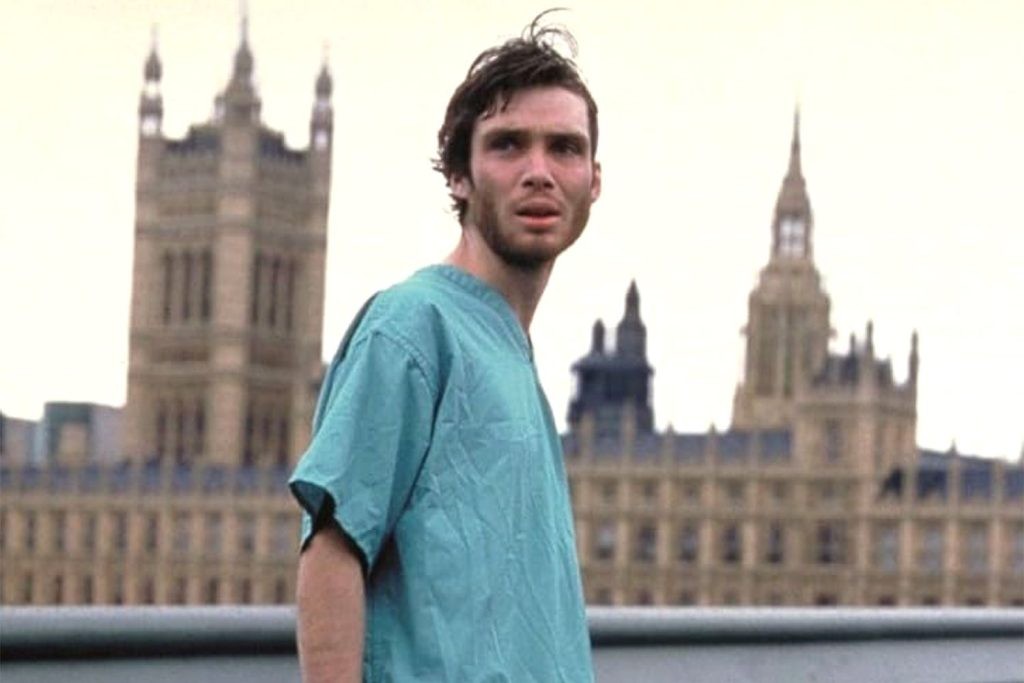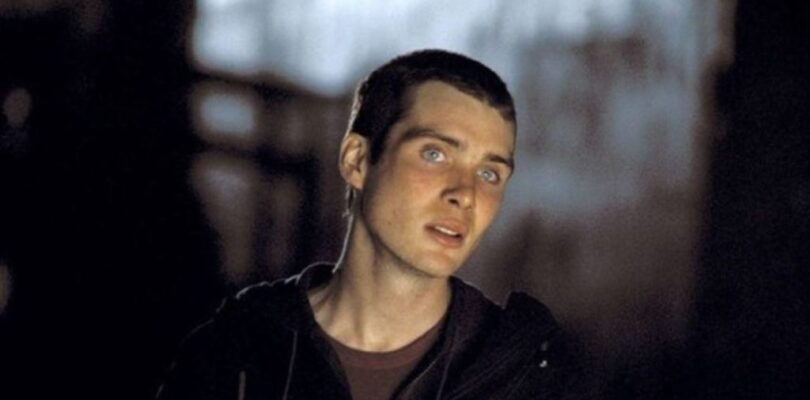It had the rage, it had the chaos, and it had Cillian Murphy running through an empty London like the world just ended. 28 Days Later may’ve revived the zombie genre for a whole new generation, but even with all its viral horror and style, it couldn’t outrun the shadow of its closest competitor. The film borrowed some pretty obvious elements, so much so that the comparisons were inevitable.
And yet, despite its cult status and 87% score, it couldn’t quite outshine the one that did it first and arguably better. Sometimes being first just isn’t enough.
How Resident Evil stole the spotlight from Cillian Murphy’s 28 Days Later
28 Days Later came out swinging in 2002 with Cillian Murphy waking up to a ravaged London and an even more ravaged society. However, it may have borrowed a little too much from Resident Evil, which hit theaters the very same year.
Screenwriter Alex Garland admitted it himself. While talking about his early inspiration, he name-dropped Resident Evil specifically the PlayStation game version. He alluded during an interview with GQ,
I suppose as well as that, not long before writing 28 Days Later, sort of dovetailing with that bit of traveling I was telling you about, there was a game on the PlayStation, uh, Resident Evil, and what Resident Evil did was it reminded me how much I loved zombie movies.
And I thought, I love those, but hasn’t been one for ages. And and there was a there was a thought there…But there was something else in the game which were these dogs and the dogs moved really quickly and they actually would give me a jump sometimes and I think that’s the thing that gave the sort of idea of a zombie movie but where the zombies move quickly.
That thought evolved into 28 Days Later signature rage-infected sprinting humans. Still, while 28 Days Later earned critical praise (87% on Rotten Tomatoes), Resident Evil became a box-office beast. Despite lukewarm reviews, it clawed its way to a $1.2B franchise, outpacing Garland’s more cerebral virus flick.
Sure, 28 Days Later launched a trilogy and changed zombie cinema forever. It’s raw, stripped-down horror with brains (no pun intended). But Resident Evil had the swagger, the action, and, let’s face it, the Milla Jovovich effect. Even if Garland’s take had more bite, it couldn’t match the sheer blockbuster muscle of its glossier rival.
So yeah, 28 Days Later ran, but Resident Evil lapped it.
28 Years Later will flip the zombie chaos with one widescreen twist

28 Years Later won’t just bring back the infected, it’s switching up how we see them. Director Danny Boyle is going widescreen for the sequel, a major departure from the gritty, claustrophobic 4:3 frame that gave 28 Days Later its raw edge. Boyle told IGN,
If you’re on a widescreen format, they could be anywhere… you have to keep scanning, looking around for them, really.
That ever-present unease is all about to go full panoramic. You won’t just watch the horror, you’ll feel surrounded by it. The 2002 original used handheld digital video for a trapped-in-the-chaos vibe.
This time, it’s bigger, bolder, and more cinematic with a different look, same panic in your gut.
28 Years Later hits theaters June 20, 2025.





